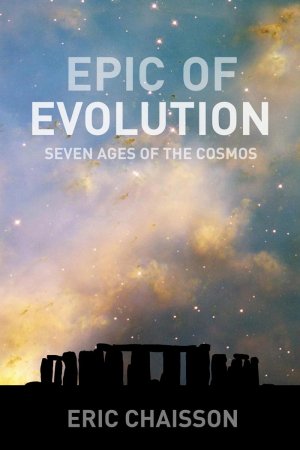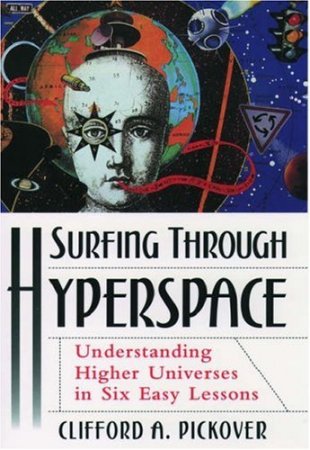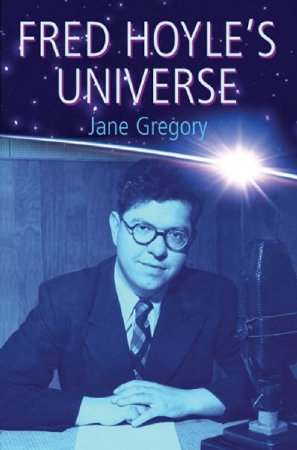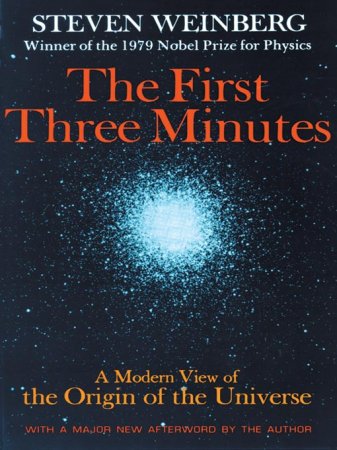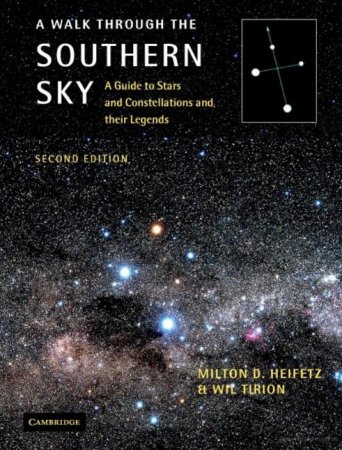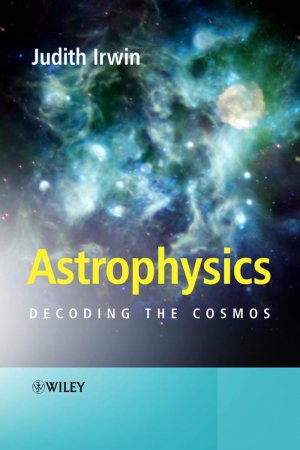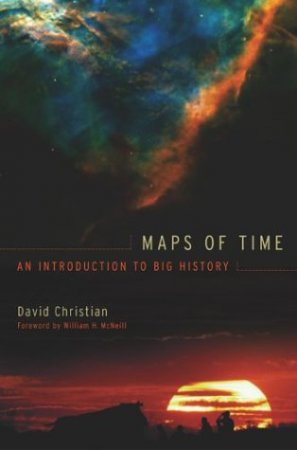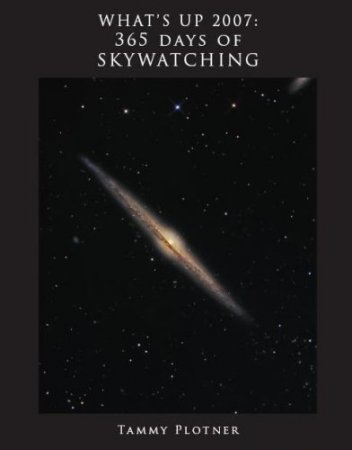НавигацияАрхив новостейСтатистика |
Epic of Evolution: Seven Ages of the CosmosOnly a few hundred years ago, the idea of Earth’s centrality and the reliance on supernatural beings were shattered. During the Renaissance, humans began to inquire more critically about themselves and the Universe. They realized that thinking about Nature was no longer sufficient. Looking at it was also necessary. Experiments became a central part of the process of inquiry. To be effective, ideas had to be tested experimentally, either to refine them if data favored them or to reject them if they did not. The “scientific method” was born— probably the most powerful technique ever conceived for the advancement of factual information. Modern science had arrived. Surfing through Hyperspace: Understanding Higher Universes in Six Easy LessonsDo a little armchair time-travel, rub elbows with a four-dimensional intelligent life form, or stretch your mind to the furthest corner of an uncharted universe. With this astonishing guidebook, Surfing Through Hyperspace, you need not be a mathematician or an astrophysicist to explore the all-but-unfathomable concepts of hyperspace and higher-dimensional geometry. No subject in mathematics has intrigued both children and adults as much as the idea of a fourth dimension. Philosophers and parapsychologists have meditated on this mysterious space that no one can point to but may be all around us. Yet this extra dimension has a very real, practical value to mathematicians and physicists who use it every day in their calculations. In the tradtion of Flatland, and with an infectious enthusiasm, Clifford Pickover tackles the problems inherent in our 3-D brains trying to visualize a 4-D world, muses on the religious implications of the existence of higher-dimensional consciousness, and urges all curious readers to venture into "the unexplored territory lying beyond the prison of the obvious." Pickover alternates sections that explain the science of hyperspace with sections that dramatize mind-expanding concepts through a fictional dialogue between two futuristic FBI agents who dabble in the fourth dimension as a matter of national security. This highly accessible and entertaining approach turns an intimidating subject into a scientific game open to all dreamers. Surfing Through Hyperspace concludes with a number of puzzles, computer experiments and formulas for further exploration, inviting readers to extend their minds across this inexhaustibly intriguing scientific terrain. The First Three Minutes: A Modern View of the Origin of the UniverseThe novel was written by renowned physicist Steven Weinberg, a physicist at the University of Texas at Austin, whose research and breakthroughs in relation to electromagnetism led to him being awarded the 1979 Nobel Peace Prize in Physics. Weinberg is widely respected within the scientific and "lay" community alike, as his book allowed the common person to understand the creation of the universe and as such, his book is now translated in over 25 different languages. A Walk through the Southern Sky: A Guide to Stars and Constellations and their LegendsWhat star is that? Where is the Southern Cross? Who was Orion? Answering these questions and many more, this book will become an essential traveling companion for amateur astronomers heading abroad. Its unique simplified maps make it easy to find the constellations in the southern hemisphere skies, and the stars within them. Astrophysics: Decoding the CosmosKnowledge of our Universe has grown explosively over the past few decades, with discoveries of cometary objects in the far reaches of our Solar System, new-found planets around other stars, detections of powerful gamma ray bursts, galaxies in the process of formation in the infant Universe, and evidence of a mysterious force that appears to be accelerating the expansion of the Universe. From exotic black holes to the microwave background, the modern understanding of our larger cosmological home could barely be imagined just a generation ago. Headlines exclaim astonishing properties for astronomical objects – stars with densities equivalent to the mass of the sun compressed to the size of a city, million degree gas temperatures, energy sources of incredible power, and luminosities as great as an entire galaxy from a single dying star. Maps of Time: An Introduction to Big HistoryAn introduction to a new way of looking at history, from a perspective that stretches from the beginning of time to the present day, Maps of Time is world history on an unprecedented scale. Beginning with the Big Bang, the Australian historian David Christian views the interaction of the natural world with the more recent arrivals in flora and fauna, including human beings. Space Radiation Hazards and the Vision for Space Exploration: Report of a WorkshopFulfilling the President s Vision for Space Exploration (VSE) will require overcoming many challenges. Among these are the hazards of space radiation to crews traveling to the Moon and Mars. To explore these challenges in some depth and to examine ways to marshal research efforts to address them, NASA, NSF, and the NRC sponsored a workshop bringing together members of the space and planetary science, radiation physics, operations, and exploration engineering communities. The goals of the workshop were to increase understanding of the solar and space physics in the environment of Earth, the Moon, and Mars; to identify compelling relevant research goals; and discuss directions this research should take over the coming decade. This workshop report presents a discussion of radiation risks for the VSE, an assessment of specifying and predicting the space radiation environment, an analysis of operational strategies for space weather support, and a summary and conclusions of the workshop. The Astrophysical Context of LifeIn 1997, the National Aeronautics and Space Administration (NASA) formed the National Astrobiology Institute to coordinate and fund research into the origins, distribution, and fate of life in the universe. A 2002 NRC study of that program, "Life in the Universe: An Assessment of U.S. and International Programs in Astrobiology", raised a number of concerns about the Astrobiology program. In particular, it concluded that areas of astrophysics related to the astronomical environment in which life arose on earth were not well represented in the program. In response to that finding, the Space Studies Board requested the original study committee, the Committee on the Origins and Evolution of Life, to examine ways to augment and integrate astronomy and astrophysics into the Astrobiology program. This report presents the results of that study. It provides a review of the earlier report and related efforts, a detailed examination of the elements of the astrobiology program that would benefit from greater integration and augmentation of astronomy and astrophysics, and an assessment of ways to facilitate the integration of astronomy with other astrobiology disciplines. |
ПопулярноеОпросОцените дизайн сайта
Немного рекламы |
